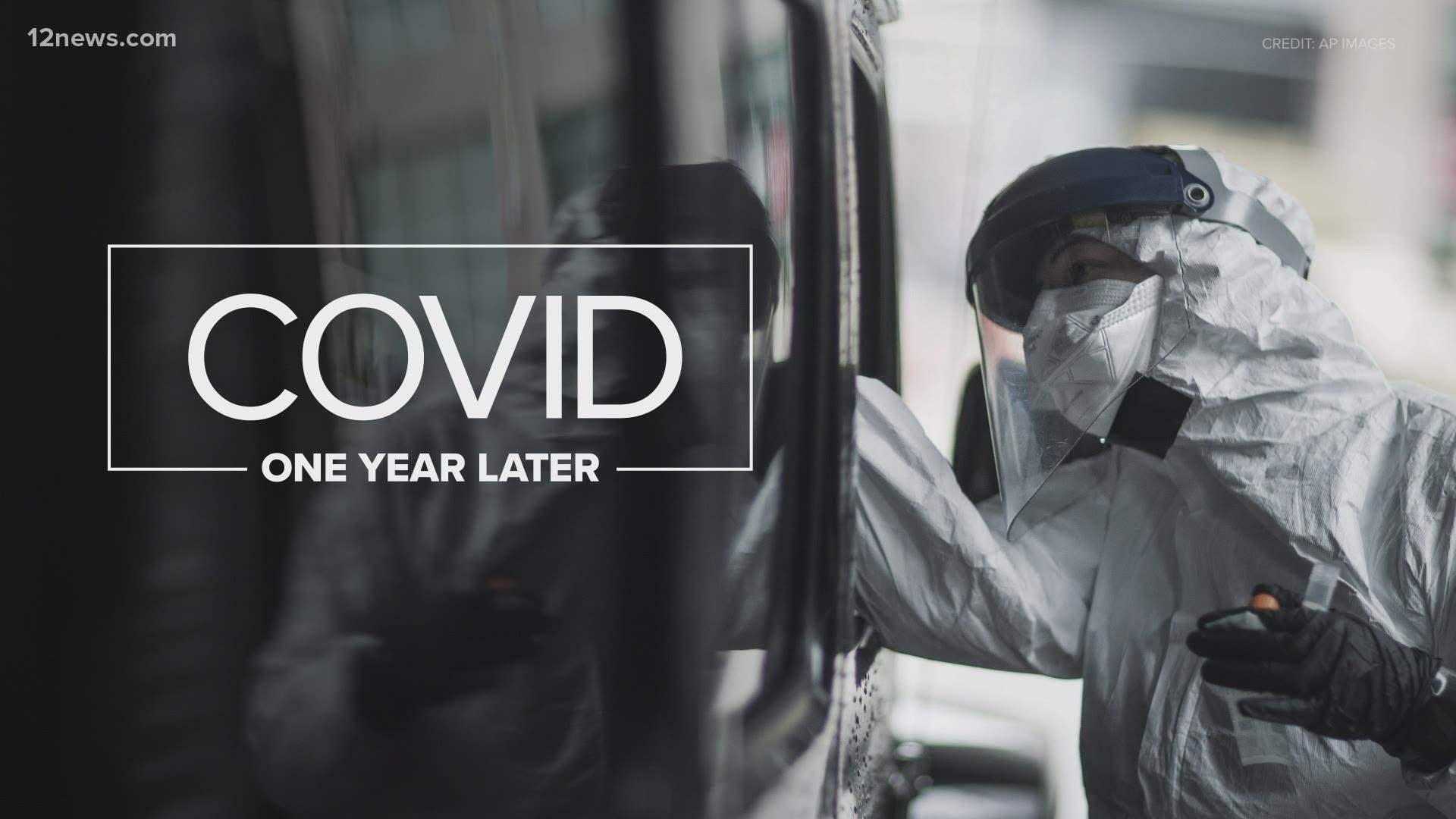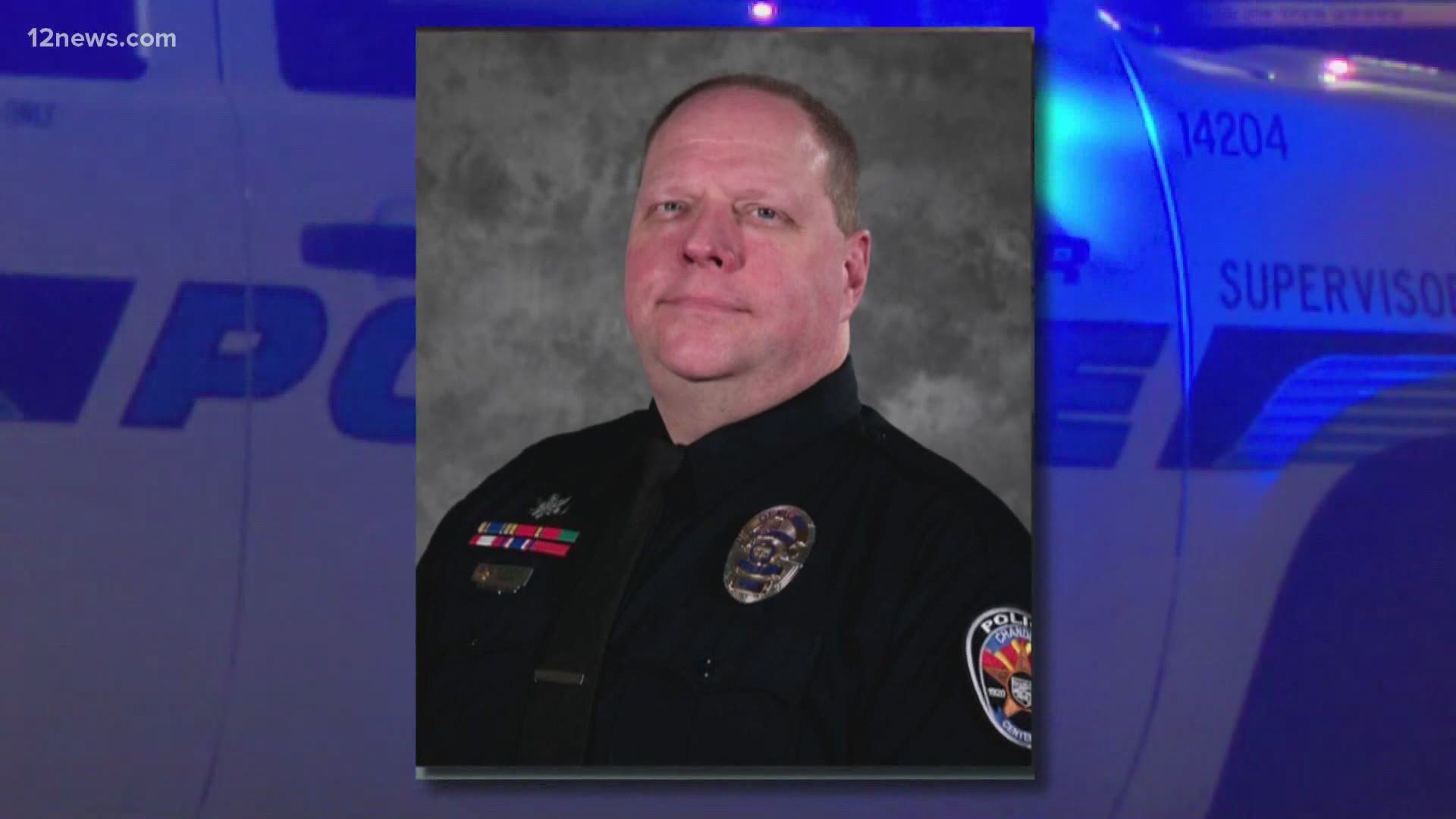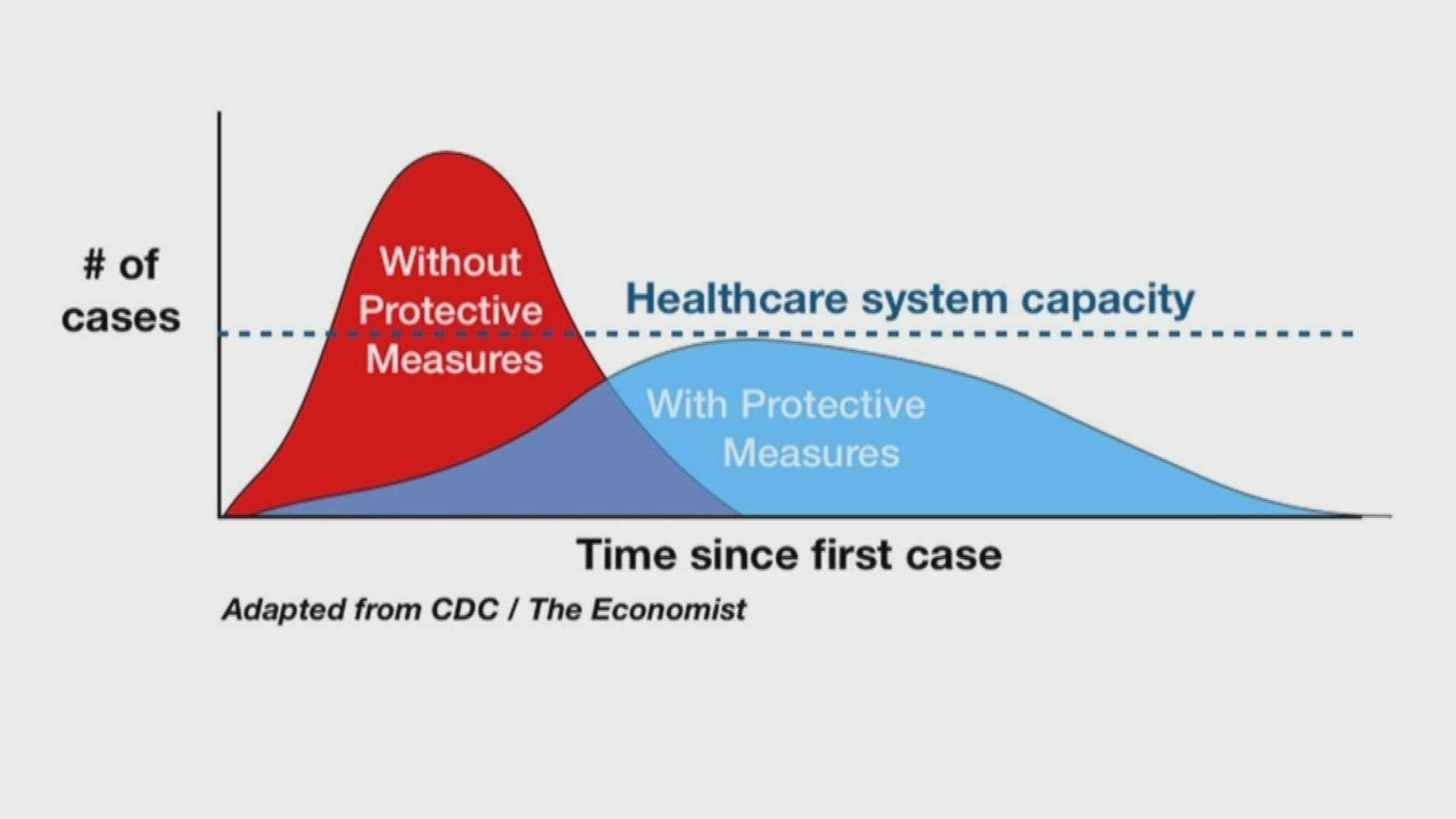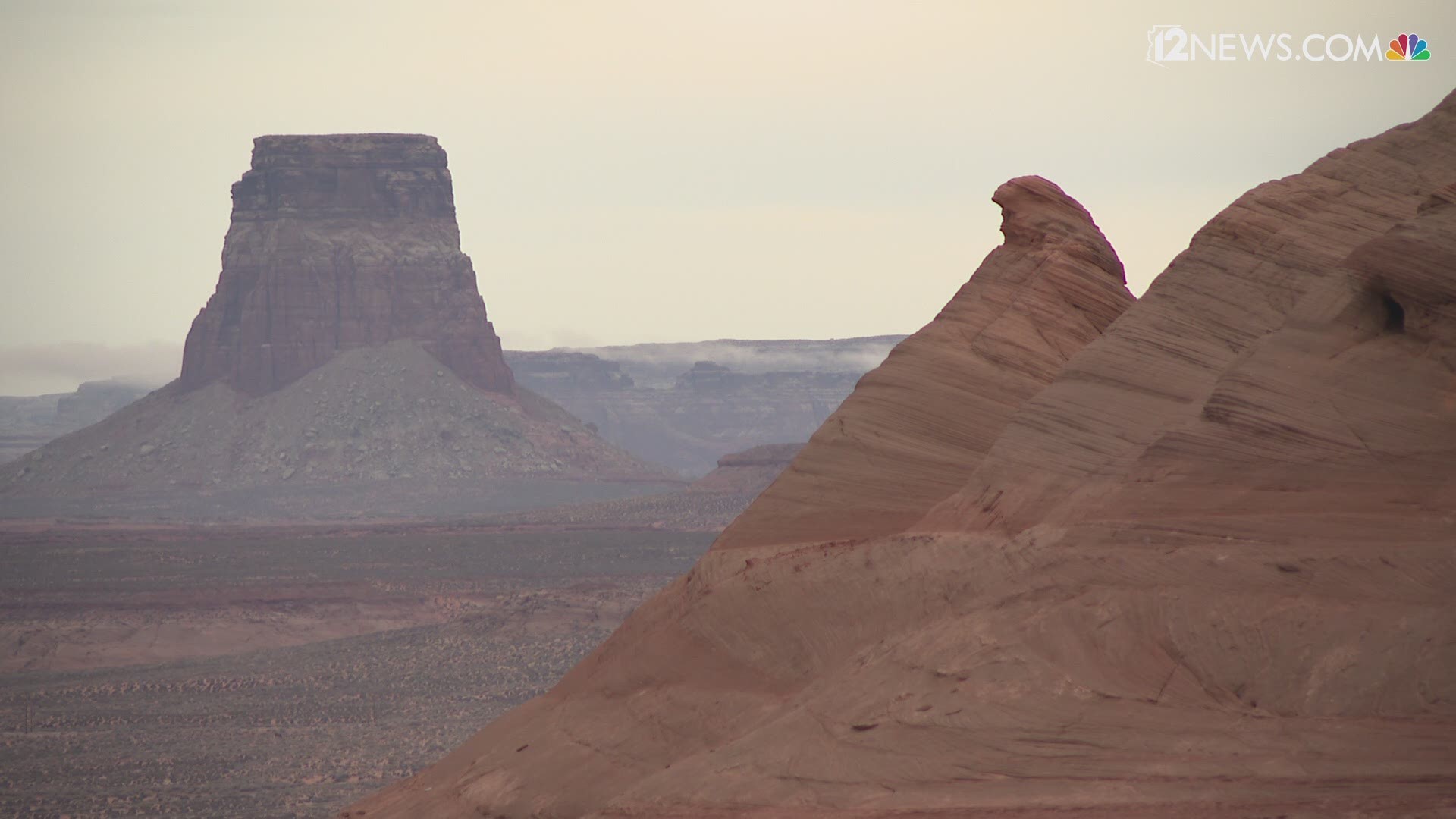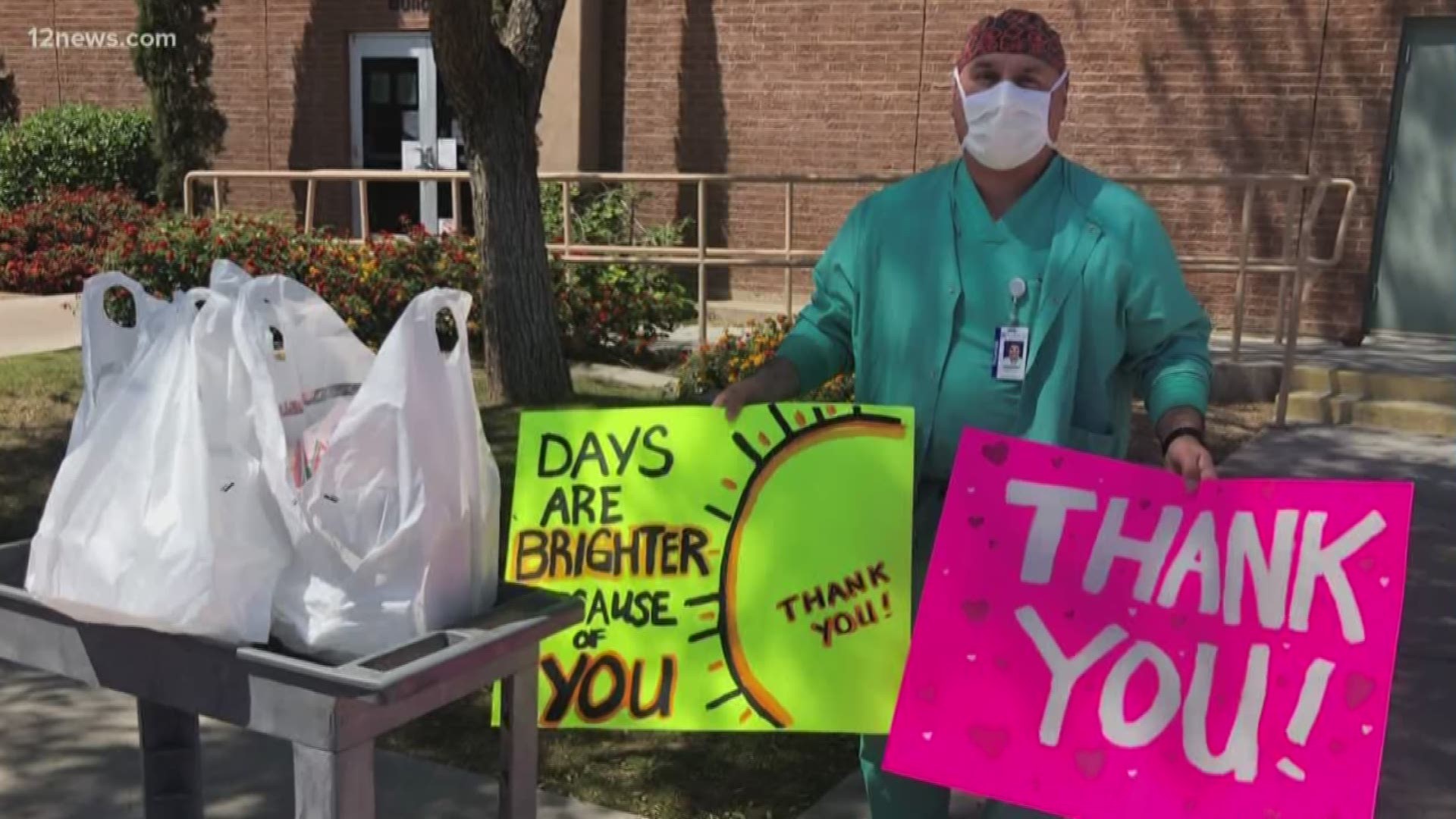PHOENIX — The United States passed a landmark on Wednesday: The one-year anniversary of the first COVID-19 diagnosis in the country, according to the Centers for Disease Control and Prevention.
During this year, the pandemic has changed nearly every aspect of Americans’ daily lives – demanding Americans adapt and find new ways to connect.
12 News explores how the pandemic impacted the economy, schools, Arizona’s hospital system and how Arizonans made the best of a difficult year.
Remembering lives lost
Nearly 700,000 Arizonans have tested positive for COVID-19 and more than 11,500 Arizonans lost their lives. These men and women include health care workers, police and detention officers, government employees, teachers and coaches, bus drivers, veterans and retirees.
The memorial of the lives lost is growing. Their families have shared their stories in honor of their memory, and the lasting impact these men and women had on their communities.
Overwhelming the hospitals
By March 18, just 27 people had contracted coronavirus in the state, according to Arizona records. The state’s largest hospital provider, Banner Health, canceled all visitors.
This was the first step in decreasing the number of people inside hospitals as state and federal health leaders focused efforts on slowing the spread of the virus to keep hospitals from becoming overwhelmed.
As the month of March continued, schools and businesses closed – all with the intention of slowing the spread of the virus to protect hospitals. This, as health care workers faced a new virus with unknown outcomes and treatments, and with limited supplies of protective equipment.
As hundreds more people continued testing positive for the virus on a daily basis in April, Gov. Doug Ducey’s executive order telling Arizonans to “stay at home” expired in mid-May.
Following that decision, many bars and restaurants began reopening with varying degrees of social distancing and the summer holidays led to large crowds gathered across the state.
By June 5, the state health department reported that more than 1,000 Arizonans had died due to the pandemic and more than 24,000 had tested positive.
Throughout the month, the state recorded a number of record-breaking positive cases as hospitals began warning of a “surge.”
On June 29, Arizona became the first state to activate the “crisis standards of care.” These standards gave hospitals a list of guidelines to manage limited healthcare resources as the numbers of patients began to overwhelm hospital staff and beds.
Following the summer surge, cases began to decline – but in late October, hospital leaders again became worried.
On Oct. 27, Banner Health released an email stating in part, “COVID-19 is spreading at its fastest rate since June.”
The letter continued, “We could meet or exceed the number of COVID-19 patients that we saw during Arizona’s surge in June and July.”
The prediction quickly proved to be a reality.
Throughout November, December and into January, cases continued increasing daily as Phoenix-area hospitals began reporting that intensive care units were filled, and patients could not always be admitted at the closest facility.
The Navajo Nation
The Navajo Nation was among the hardest-hit regions of the country, facing multiple lockdowns, curfews and in May, surpassed New York state with the highest coronavirus infection rate per capita in the U.S.
Nearly one in three homes in the Navajo Nation did not have running water before the start of the pandemic, contributing to the spread of the virus. As one advocate, Emma Robbins, said, “if you don't have running water in your home how are you going to wash your hands successfully?"
The Navajo Nation territory includes parts of Arizona, New Mexico, Utah and Colorado. As of Jan. 17, 2021, the nation confirmed 919 deaths due to the virus.
Arizona reopening
In March 2020, most schools and businesses closed temporarily, but those temporary measures have continued changing the way Arizonans work and learn.
On March 30, in-person learning was canceled through the end of the school year. This canceled many milestone celebrations for students, including graduation and school dances.
The beginning of the 2020-21 school year was handled differently by most districts – some bringing kids back into the classroom right away, while others tried “hybrid” models and some stayed remote completely.
RELATED: Class of 2021
Many businesses also had to find ways to survive. Bars and restaurants closed in March were later given some permissions to open in May, though restricted seating options meant dozens and dozens were forced to close permanently.
More than 1.6 million Arizonans have received pandemic unemployment benefits – totaling over $12 billion in state and federal funds for the unemployed. During the week of May 23, the state paid more than 180,000 new claims – the highest number of new claims paid during any week since March.
As of January 9, 2021, far fewer new claims were filed and paid. The state reported 4,500 new weekly claimants received benefits in the second week of January. This, as more businesses remain open with some restrictions.
Arizonans adapt
Throughout the pandemic, Arizonans found ways to celebrate those important things that keep life moving. Whether sharing their wedding with friends and family on Zoom, or hosting a parade to celebrate a milestone birthday, we found ways to spread joy and share the love.
RELATED: A Phoenix grandmother couldn’t attend her granddaughter's wedding, so they came to her instead
Vaccines bring hope
On Dec. 11, the Food and Drug Administration issued the first emergency use authorization for a COVID-19 vaccine. Within a week, hundreds of health care workers in Arizona had received their first dose.
“It’s the beginning of the end hopefully. This is important. said Mary Sue, one nurse administering COVID-19 shots. “We’re all here for each other.”
Still, the state did meet some challenges in distributing the vaccine. First, fewer doses than expected were delivered, and later a variety of software glitches caused challenges in signing up and finding a place to get a vaccine.
On Jan. 11, 2021, State Farm Stadium became the first 24-hour per day vaccine distribution site in Arizona.
Subscribe to the 12 News YouTube channel to receive notifications on the latest videos about the latest information on the coronavirus.

